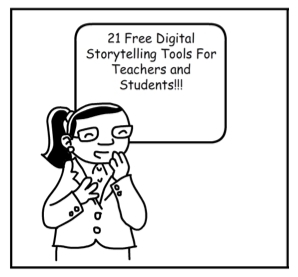How To Create An Emotional Connection With Storytelling
Once upon a time, in the pre-streaming era, our only sources of entertainment and escape were the stories we shared around our campfires. As we gazed up at the stars after a long day of hunting or gathering, stories helped us understand our purpose, our origins, and the natural world. Whether we were faced with floods, meteors, or bountiful harvests, these folktales were our very first scenario-based learning experiences.
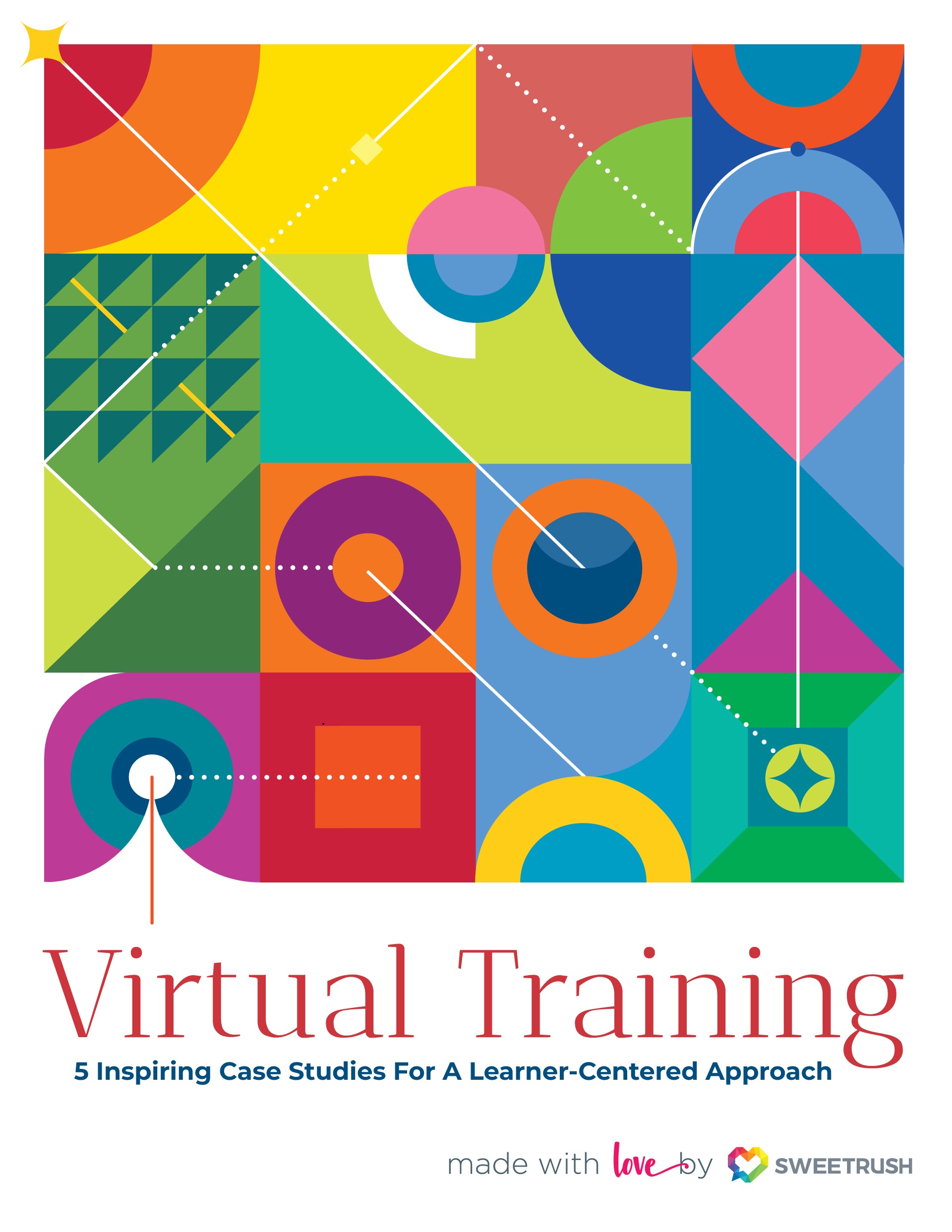
Our stories have grown more sophisticated over time, from the epic poem to the streaming episode. But every story is part of a centuries-long conversation about our norms, our values, and the price of transgression. They teach us what it means to be virtuous or a villain. They also teach us about people, places, and situations we might never experience firsthand—while bringing our emotions along for the ride.
Making It Sticky: Why Creative Storytelling Works
Story makes learning sticky—and we’re not talking about library paste. Read on for four reasons why story boosts learner engagement and retention. We also share how to borrow our best practices for your own learning program.

1) Scenario-Based Learning Experiences Build Empathy
Anyone who’s teared up during a Super Bowl commercial knows how moving a good story can be. In learning, character-based storytelling can build empathy and help learners connect emotionally with the content. To sum up, scenario-based learning experiences aren’t just fun; they’re backed up by brain science. For example, when we engage our emotions during the learning process, we activate brain regions involved in cognition, memory, and interpretation.
Any great story needs a cast of compelling characters. To resonate with your learners, characters need to be authentic. How to make that happen? First and foremost, spend time getting to know your learners! Once you know more about their lives and concerns, think through your cast of characters and their backstories. Representation is important: make sure that your characters send the message that all learners are a valuable part of your organization. [1]
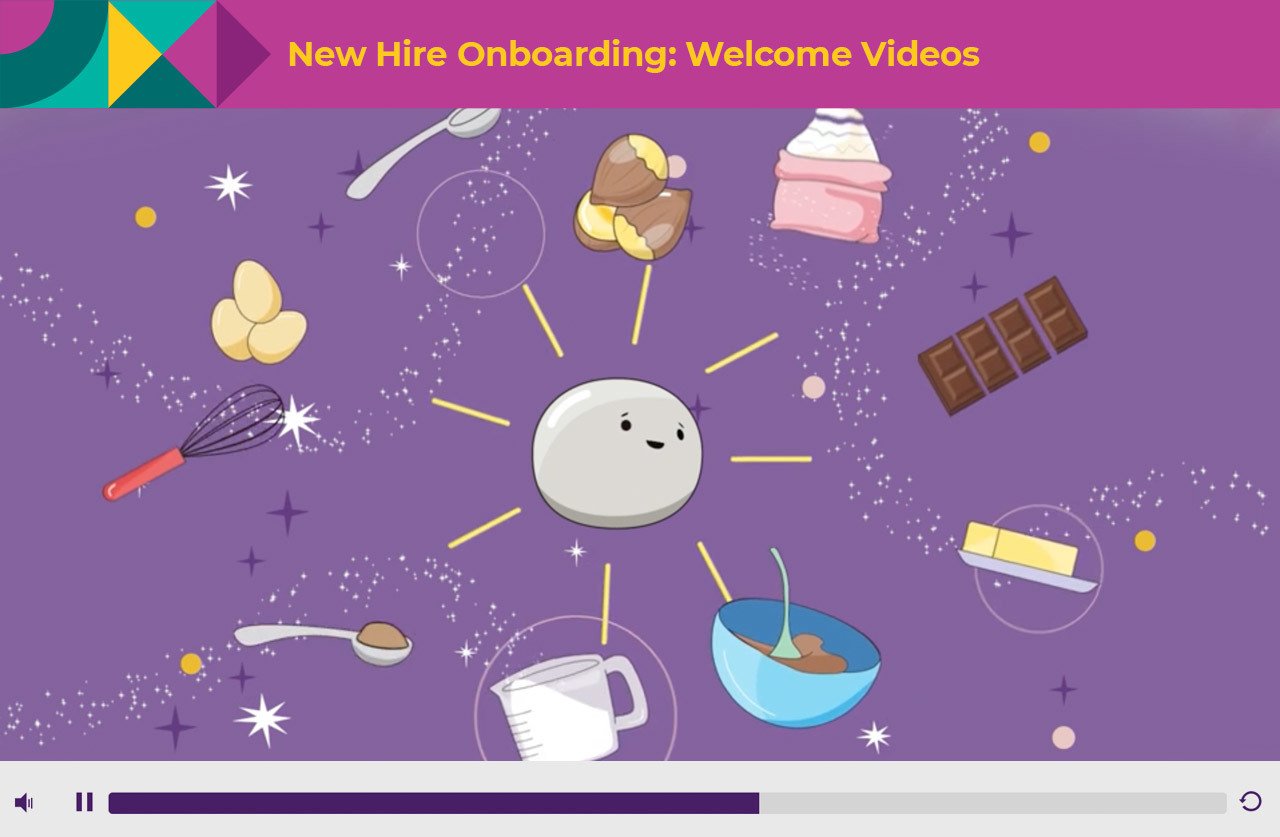
How We Did It: SweetRush partnered with a global food and beverage company to create a new onboarding program. Instead of a tired timeline or company history eLearning course, the team decided to use a series of videos to welcome new employees. In short, each of their many snack-food brands is introduced as a branch on the family tree, and the narrator—fussy and monocled but warm-hearted—is a character in his own right. Learners remember the global web of brands because each is presented as a lovable, eccentric member of the family.
Borrow It: Consider the emotions of your learners as they’re going through your learning program. Are they new hires who are likely to feel overwhelmed? Seasoned employees who may feel resistant to new procedures? Consider creating a character who can serve as a tour guide—or a buddy who’s along for the ride.

2) Stories Provide Safety To Try (And Fail)
Why do children play “school” and “house”? They want to try out things they’ve seen their teachers, peers, and parents say and do.
Though we might not describe it as play, adults also benefit from a test environment where we can practice new skills and behaviors. We’re more likely to take risks and try unfamiliar behaviors when we know failure is an option. Story-based scenarios and activities—especially those that mirror real life—provide just that. Hence, the power of creative storytelling in eLearning.
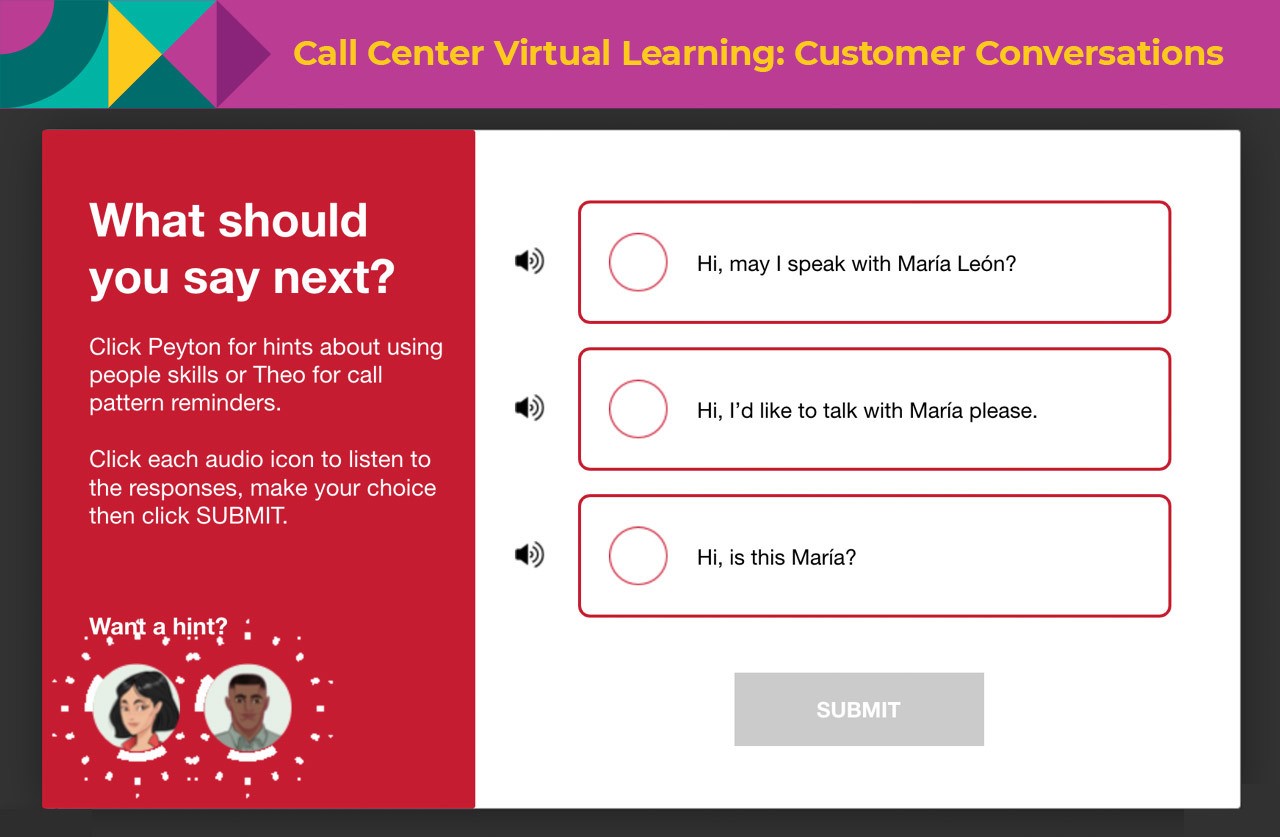
How We Did It: SweetRush partnered with the financial services branch of a leading automotive company to develop a virtual learning program for its call center associates. After developing an outline of the necessary steps in every customer conversation, associates practiced selecting the right word tracks to move the call forward. The catch? All of the options accomplished the same outcome but used different vocal tones and phrasing, from brusque to collaborative to overly familiar. Each choice created a ripple effect in the customer’s responses and attitude. Observing how their choices went over with a simulated caller helped learners understand why certain approaches do—and don’t—work without risking a real customer relationship.
Borrow It: Before you get started, look for common errors. Are your sales associates great at rapport but poor at closing? Do they have trouble seeing the difference between warm and collaborative and warm and off-topic? Find where they’re deviating from the process, and create activities and assessments that recreate it.
Show them the ripple effect of each choice they make with creative storytelling, and develop feedback that educates and informs learners on each choice. Don’t make the mistake of limiting your feedback to remediation! Explain correct choices just as thoroughly to help learners understand the logic behind each choice.

3) Scenario-Based Learning Provides Context And Removes Uncertainty
There’s a reason so many children’s books are written about moving to a new home, getting a new sibling, and navigating problems with friends. When we can’t imagine a new situation, it’s especially scary. But experiencing it through a beloved character helps children prepare for the unknown.
Adult learners aren’t so different: we’re reassured by knowing what’s coming and what steps we need to take. Scenario-based learning programs can help provide context for change management and upskilling initiatives by showing learners what the world will look like after the change—and what they can do now to meet it.
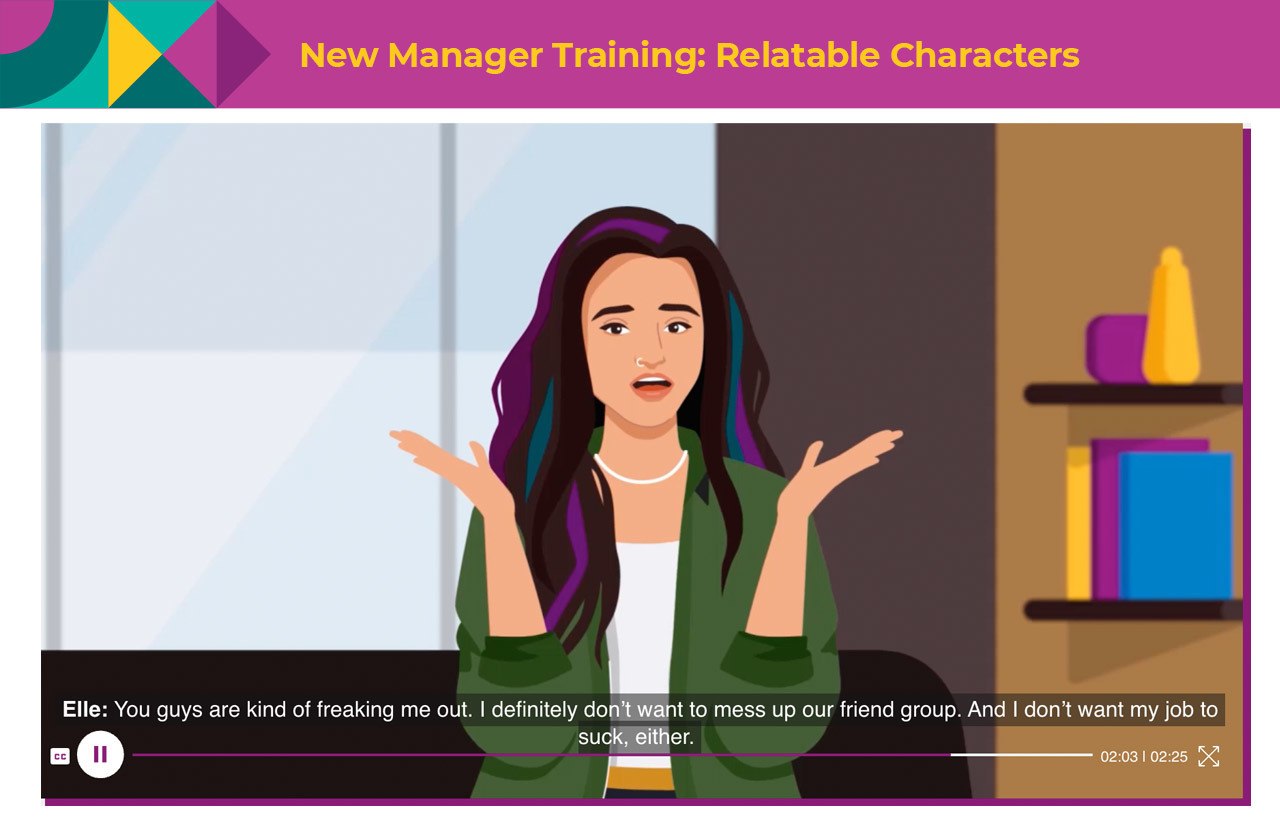
How We Did It: SweetRush partnered with a professional association focused on advancing HR practices and maximizing human potential to create a new leadership training program. Instead of modules and lessons, the program consists of seasons and episodes. It follows six friends, all new managers, who meet at a coffee shop to share experiences and support. The content isn’t just entertaining: learners confront real-world situations through the fun, relatable characters. Once learners recognize when key behaviors and mindsets are needed, they walk on as guest stars to help them choose the best course of action. What if they choose incorrectly? No problem (see Step #2)! The best part about choosing your own adventure is the opportunity to learn from mistakes.
Borrow It: Consider opportunities to convert eLearning modules or lectures to a series of scenario-based learning experiences. Could that onboarding packet become a thrilling exploration of the center of the organization? Could those new procedures become a quest to overthrow a realm of chaos and disorder? If realism is more your style, maybe you’d like to reboot The Office for your own company.

4) Stories Engage And Motivate
Ever gotten a rush from a run-in with the bad guys? Then you already know that our responses to creative storytelling isn't just in our heads. Magnetic resonance images (MRIs) of the brain show that stories light up regions of the brain associated with motion and action.
Scenario-based learning experiences make content more interesting and engaging—which in turn motivates learners. Motivated learners are more likely to have the stamina to maintain their attention and engagement through complex or difficult material. The more we can provide that adrenaline boost, the more we set them up for success.
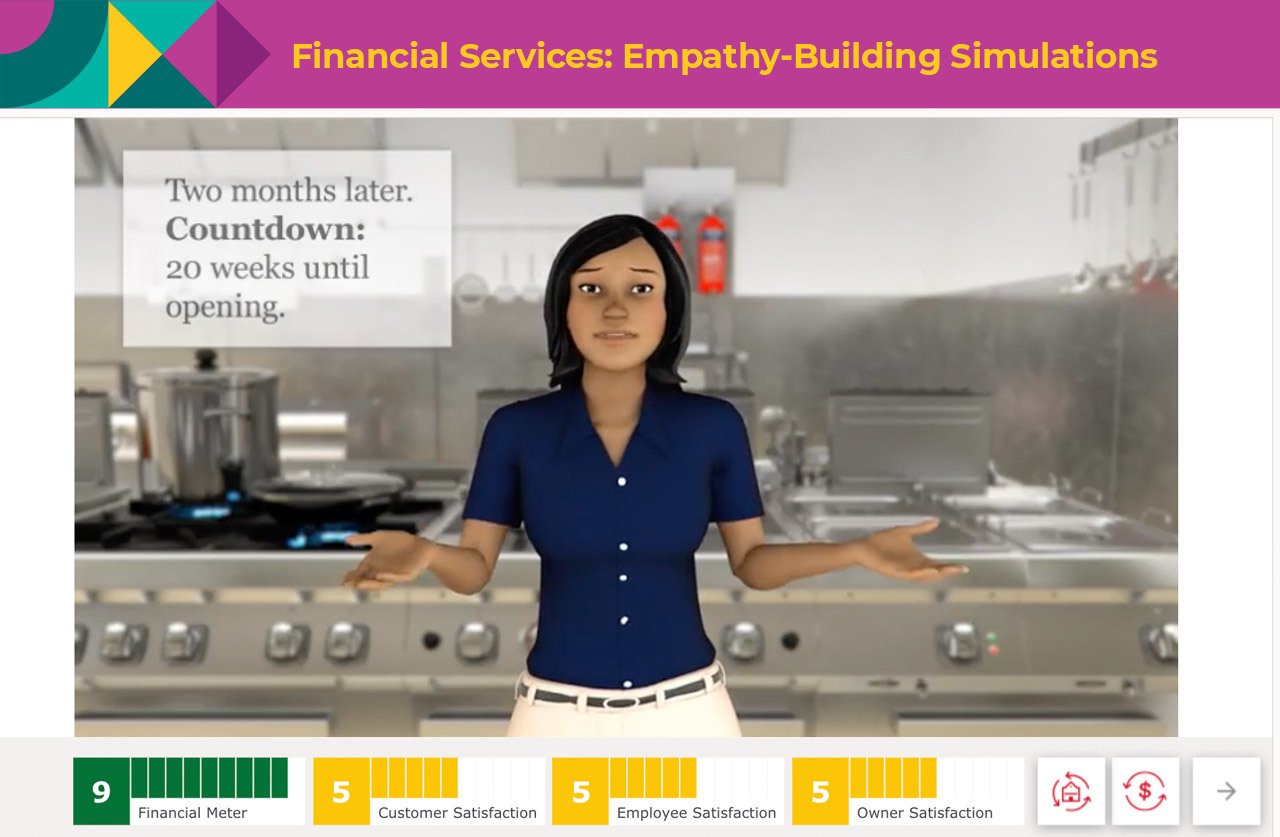
How We Did It: SweetRush partnered with a leader in financial services to create a scenario-based learning experience for aspiring business owners. Using encouragement and humor, relatable characters elicit information from learners about their business concept. We also covered vendors, financing, and other steps along the way. With a focus on action, these complex, abstract, and time-intensive steps in the business plan become concrete and approachable—and even exciting.
Borrow It: Do your learners perform complex procedures that are frequent sources of error? Is your organization in an industry where compliance is key? It’s hard to get excited about red tape! So, consider giving your learners an adrenaline boost as you teach them how to slice through. Motivate them by framing the path to compliance as a hero’s journey [1] or a bingeable, digital badge-able skills series. Frame your learning challenge as a problem to conquer, and you’ll find more learners ready to embark upon odysseys of their own.
Epilogue: Creative Storytelling Meets Real Life
Clearly, the storytelling techniques that make page-turners and blockbusters so addictive aren’t just entertaining; used well, they can also be educational. Because our brains are wired for story, scenario-based learning experiences engage us in ways that “just the facts” don’t.
Not quite ready for wizards and world-building? No problem! You can still leverage the power of story with realism. As Leo Widrich [3] notes, we tell a story anytime we connect cause and effect or support learners against a common antagonist, as we all did through 2020.
Building your learning program around story is not just a cosmetic touch: it’s an act of empathy and care for your learners. And we’ve got some stories of our own to get you started: Our eBook, Virtual Training—SweetRush Style: 5 Inspiring Case Studies For A Learner-Centered Approach, is full of methods to engage and inspire learners with storytelling and other creative learning solutions. Let these five tales inspire and guide you as you write your first chapters. Also, watch the webinar about SHRM’s PMQ virtual learning program to gain more insight into creative leadership training.
References
- Representation Matters: The Evolution Of Diversity And Inclusion Illustrations In eLearning Courses
- How Stories Change the Brain
- The Science of Storytelling: Why Telling a Story is the Most Powerful Way to Activate Our Brains





